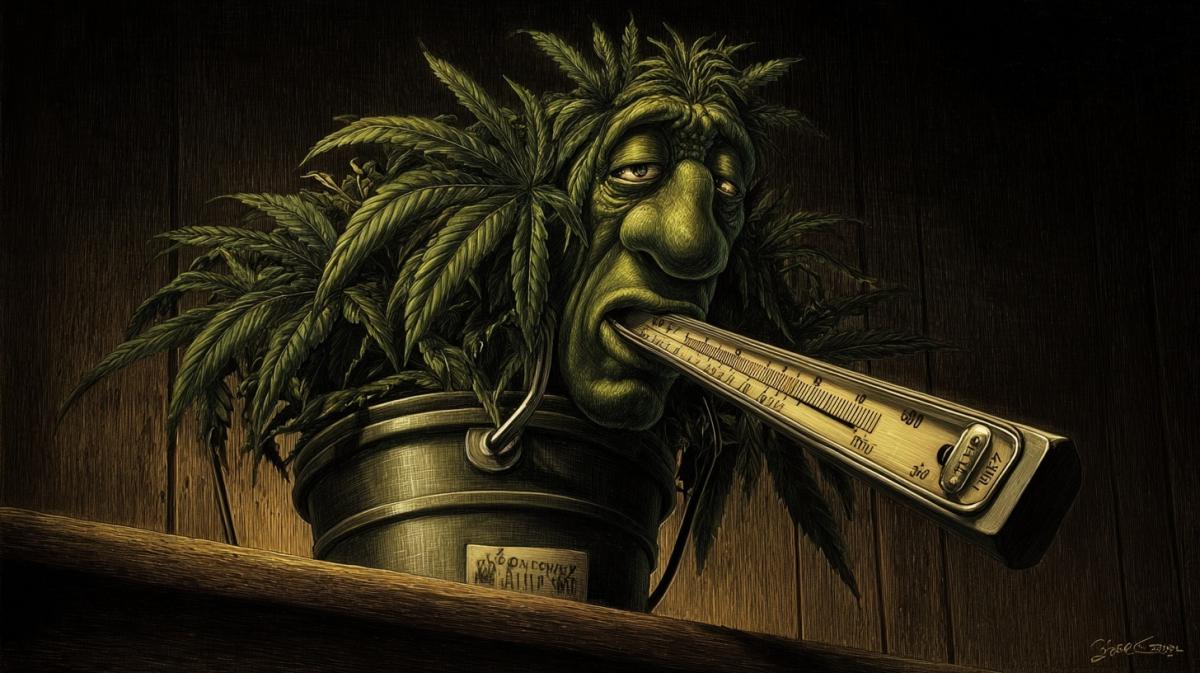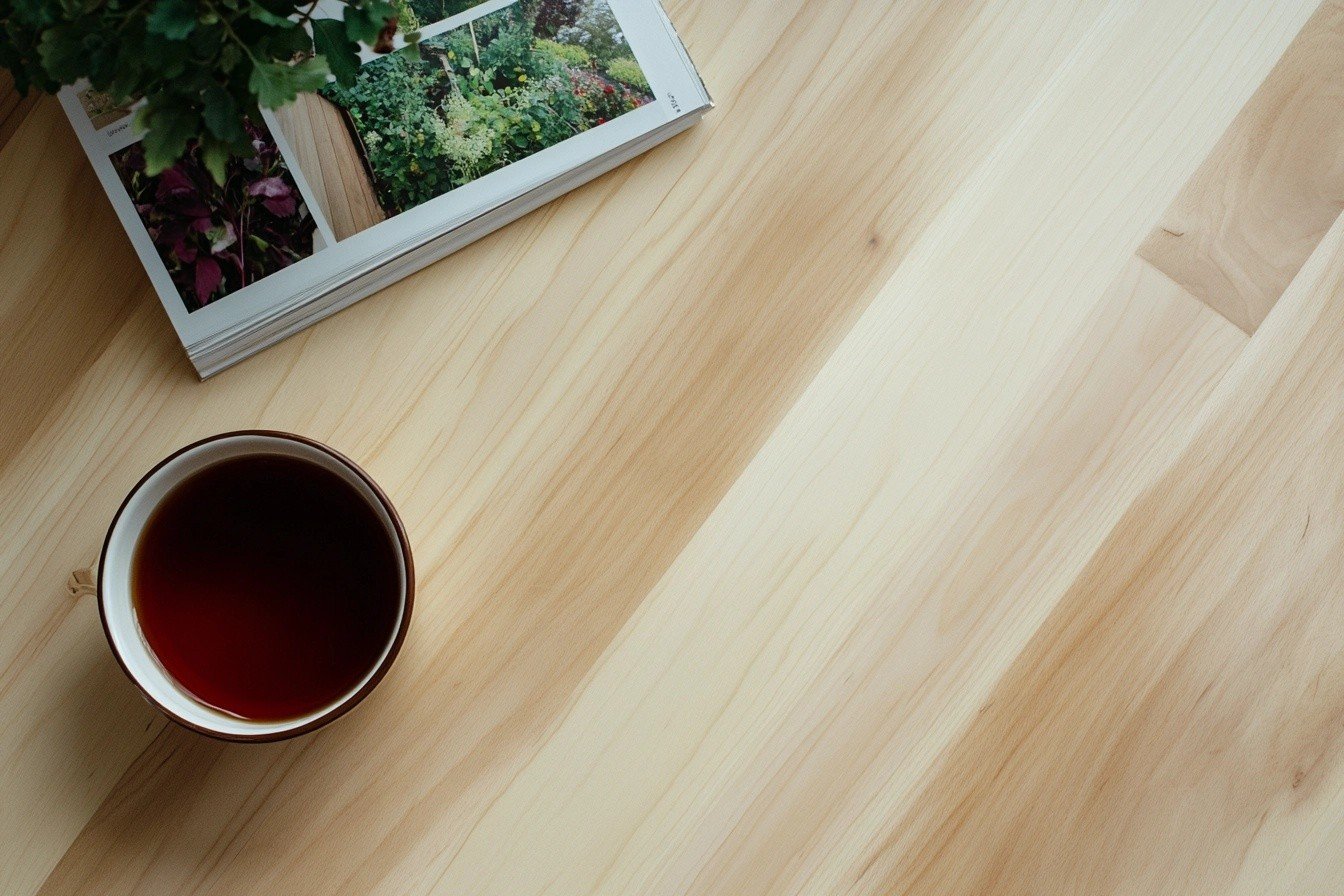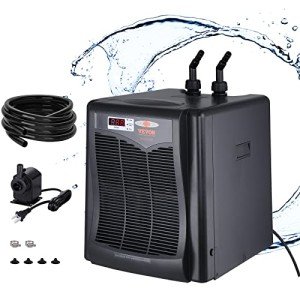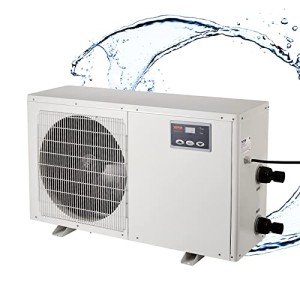Hey there, fellow green thumbs! If you've ever dipped your toes into the fascinating world of hydroponics, you know it's all about precision. We obsess over pH, fret about EC, and meticulously schedule our light cycles. But there's one often-overlooked factor that can secretly make or break your grow: water temperature.
Yep, that humble little reservoir isn't just a bathtub for your roots; it's a finely balanced ecosystem. And when the water gets too warm or too cold, it can throw everything out of whack for your plants, especially when it comes to the crucial stuff like dissolved gases and nutrient availability.
Let's dive in, shall we?
The Great Oxygen Escape: When Warm Water Gets Gassy (in a Bad Way)
Imagine your plant roots. They're living, breathing organisms (well, respiring, anyway!). Just like us, they need oxygen to survive and thrive. In hydroponics, they get this vital oxygen from the dissolved oxygen (DO) in your nutrient solution.
Now, here's the science bit: cold water holds more dissolved gas than warm water. Think about a can of soda. It's super bubbly when it's cold, right? Leave it out on the counter, and it goes flat as it warms up. The same principle applies to your nutrient solution.
-
Too Warm (e.g., above 75°F / 24°C): Your water starts losing its precious dissolved oxygen.
Roots literally suffocate! When roots don't get enough oxygen, they become weak, mushy, and eventually start to rot. This is a prime invitation for nasty anaerobic bacteria (the kind that thrive without oxygen) to move in and cause root rot, a grower's worst nightmare. You'll see slimy, brown roots, and your plant will start looking droopy and sad, despite being in water. -
Just Right (e.g., 65-72°F / 18-22°C): This is the sweet spot! Your water can hold plenty of oxygen, keeping your roots happy, white, and fuzzy – ready to do their job.
The Nutrient Nosh: Temperature's Role in Dinner Time
It's not just about oxygen; water temperature also plays a huge role in how your plants gobble up those delicious nutrients you're feeding them.
-
Too Cold (e.g., below 60°F / 15°C): Think about trying to digest a big meal when you're shivering cold. Everything slows down. Plant roots are similar. When the water is too cold, their metabolic processes slow to a crawl. Nutrient uptake becomes sluggish, even if the pH and EC are perfect. Your plant might look stunted, pale, or show signs of nutrient deficiencies because it simply can't process the food [3]. It's like having a feast in front of them but being too cold to lift a fork!
-
Too Warm (e.g., above 75°F / 24°C): While warm temperatures can initially speed up nutrient uptake, this often comes at the cost of reduced oxygen, which ultimately hurts the plant more.
Plus, excessively warm water can accelerate the breakdown of some nutrients, making them less stable over time. It's a double-edged sword.
The Uninvited Guests: Pathogens Love Warm Baths
Here's another nasty side effect of warm water: it's a five-star resort for harmful pathogens. Fungi like Pythium (the notorious root rot culprit) and various bacteria absolutely love warm, low-oxygen environments. Keeping your water cool and oxygenated is one of your best defenses against these invaders.
The Bottom Line: Be a Temperature Detective!
So, what's the takeaway? Water temperature is a silent but powerful force in hydroponics. It directly impacts:
-
Oxygen availability: Crucial for root respiration and preventing root rot.
-
Nutrient absorption: Ensures your plants can actually use the food you're giving them.
-
Pathogen growth: Dictates how hospitable your system is to unwanted diseases.
The golden rule for most hydroponic plants is to aim for a nutrient solution temperature between 65-72°F (18-22°C).
Practical Tips for Temperature Control:
-
Monitor: Use a reliable water thermometer. Some smart controllers even include water temperature probes.
-
Insulate: For smaller systems, insulating your reservoir (with reflective insulation or even just thick blankets) can help stabilize temperatures.
-
Chillers: For larger or warmer environments, a water chiller is your best friend. It precisely regulates reservoir temperature.
-
Heaters: In colder climates or seasons, a submersible aquarium heater can bring the temperature up to the optimal range.
-
Airflow: Good airflow around your reservoir can help prevent heat buildup from pumps.
Paying attention to water temperature might seem like one more thing to obsess over, but trust me, it's a game-changer for happy, healthy, and high-yielding hydroponic plants. Give your roots the perfect bath, and they'll reward you with fantastic growth!
Right now, my indoor grow, which has a total volume of 35 gallons, uses the 1/3hp Vevor chiller, and my greenhouse, with almost 75 gallons, has the 1.5hp Vevor chiller. In both cases I'm able to easily keep my water temps exactly where I want them and the impact on my electric bill is minimal. At this moment, in the peak heat of July, my electric bill for the chillers has only been about $12/mo. A very worth while expense to say the least.



